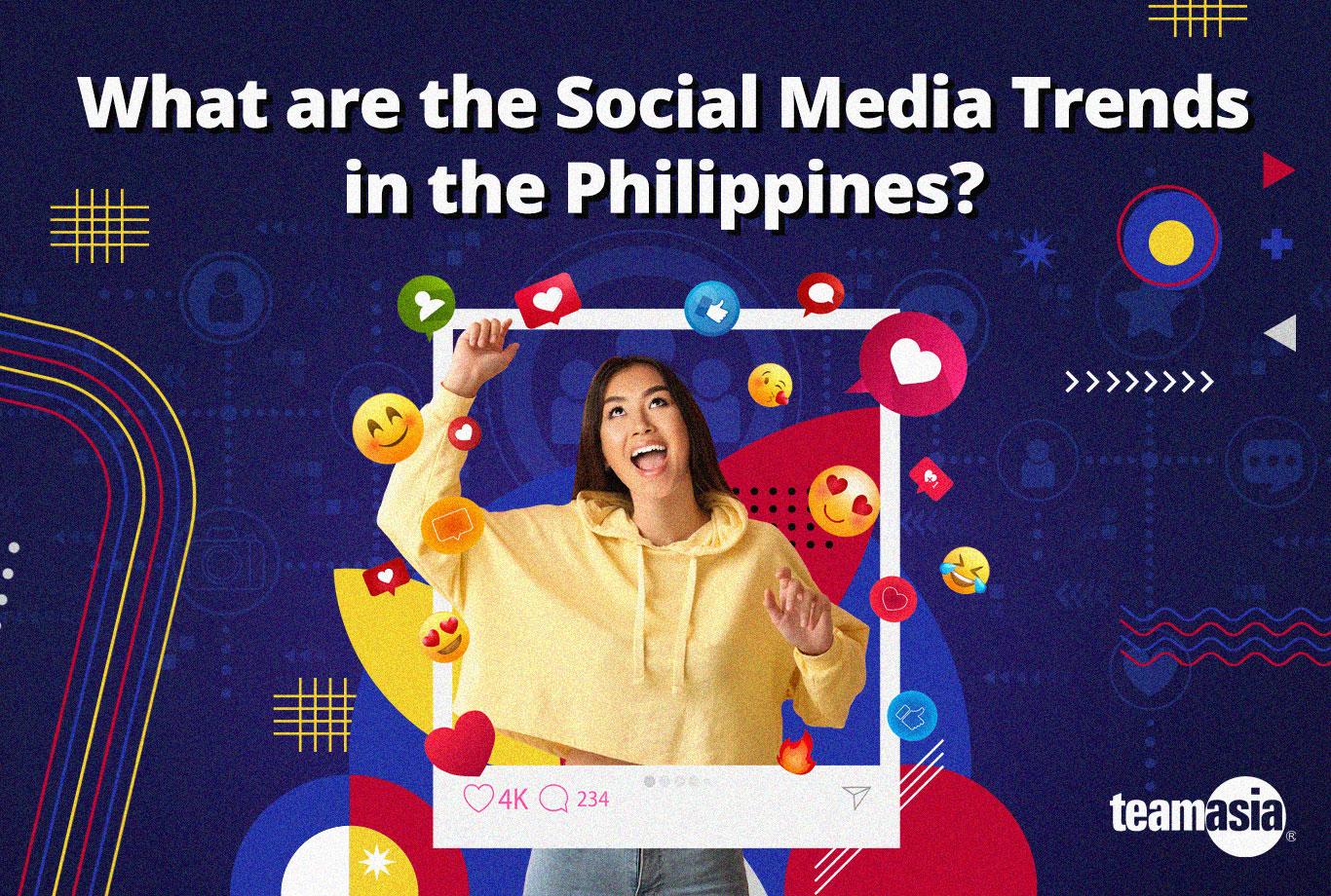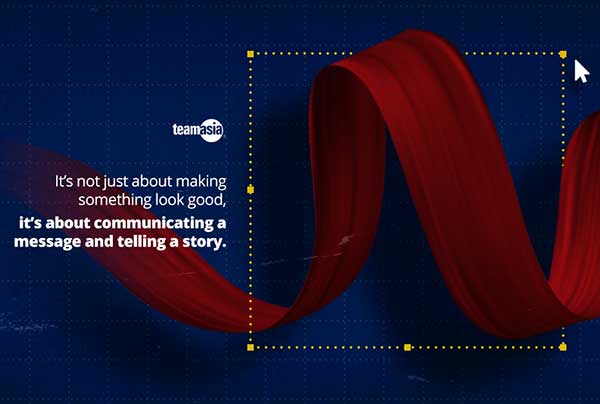Behind the screen: Mounting events in the now normal
By KZ Reyes, Program Manager

In a span of months, the MICE industry has shifted and fully embraced digital. From intimate webinars to large-scale summits and conferences, delegates from across the globe can now take part in these virtual engagements from the comfort of their own homes. While the paradigm has been very evident for consumers, one may also ponder on what happens behind the scenes, or in this case, behind the screens.
TeamAsia is one of the first companies to take the lead in making the shift to the digital space, starting off with the first webinar of Government-Academe-Industry Network, Inc. (GAIN) in June followed by the first virtual conference of the Information Security Officers Group (ISOG) in July. While the nature of work remains the same, hosting them virtually was an entirely different experience for us as organizers. It pushed us to learn new processes instantly and embrace the now normal of events.
Most recently, we managed the Contact Center Association of the Philippines’ (CCAP) annual conference entitled Contact Islands 2020 Virtual Conference. Themed “Resilience and Agility: Thriving Amid New Realities,” it featured eight virtual pocket sessions spread across three weeks from September 8-24, 2020. Gathering over 400 delegates, it featured topics that offered expert views and insights that are useful in moving businesses in the sector forward. Since this was their first digital event, we made sure to keep CCAP’s tradition of combining fun and substance while exchanging ideas relevant to the industry.
Coming from these three virtual events and having first-hand experience in mounting, we wanted to share what really goes on behind the screen as TeamAsia hosts these online events and ensures their success:
1. Defining and understanding your target audience. You need to know your audience’s general psyche. Are they interested to attend a virtual event? Are they tech-savvy enough? What subject areas in the industry are they most interested in? These play a vital role when you curate your content, determine your speakers, and market your event. By knowing them, you have a better understanding of how your event can be appealing to them to attend.
2. Determining the format and choosing the right platform. Similar to live events, virtual events come in many formats as well. The key is creating and providing your audience with a unique experience, something new from what the competitors are doing. Once the format is set, you need to choose the right platform where to host your virtual event. With all the virtual platforms in the market, you need to know their differences, especially in giving the audience next level experiences.
3. Developing the content and finding the right speakers. Even in a virtual setting, content remains king. Since you already know who your audience is, developing the topics is the next vital step. You need to provide powerful keynotes and engaging sessions that are relevant and insightful for your audience. What better way to communicate your content than by having it done by well-known speakers and experts who you can also leverage to attract more delegates.
4. Marketing your event. Just like live events, virtual events need marketing as well. You need to be present wherever your audience is. Since almost everyone has gone digital, this is where social media comes in. A good marketing strategy will help you reach and properly target your audience and effectively promote your event to them.
5. Aligning event elements for a holistic delegate experience. More than the content and audience engagement, it is also important to focus on the overall delegate experience before, during, and after the event. Some virtual event elements that you need to consider are: event website, registration page/site, Q&A session, live polling, interactive pre-event activities, and feedback surveys.
Mounting virtual events, much like live events, from the ground up takes a lot of time and patience. People tend to see that since everything is online, things are easier. True as it may be, as someone who’s working behind the screen, I think virtual events are more complex when it comes to execution. We need to understand and navigate through each online platform that we acquire and provide quick solutions for challenges that may arise, even those that are beyond our control.
As many brands and businesses shift to online events, they need to focus on engaging their audience through innovative and interactive techniques. As Experience Experts who work behind the screen, we at TeamAsia are always on the lookout for new and renewed methods not just to keep the MICE industry afloat, but to keep it thriving in the now normal.
If you want to know more about how TeamAsia does virtual events or if you have a virtual event in mind that you need assistance with, head on over to info@teamasia.com.





